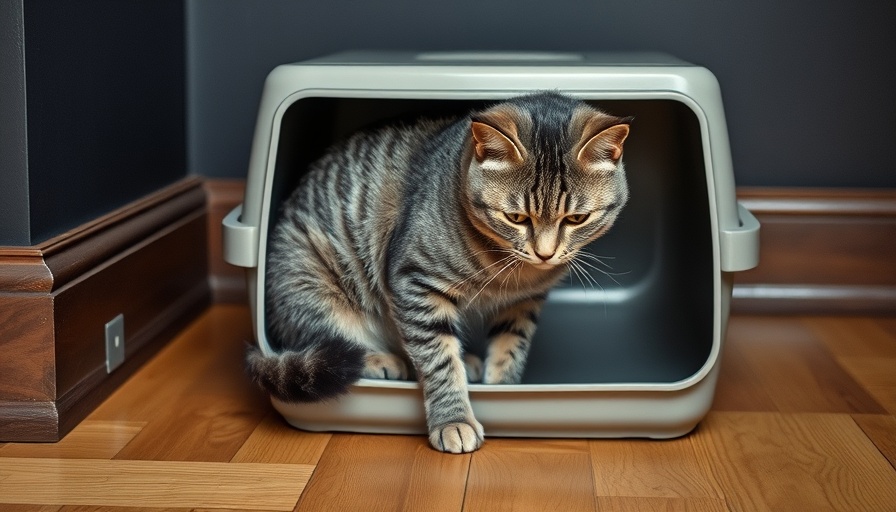
The Alarming Signs: Why Your Cat Can't Pee
As a loving pet parent, discovering that your cat is unable to urinate can be incredibly distressing. This condition, medically termed a "blocked cat," is frequently seen in emergency veterinary clinics. The inability for urine to exit the body can lead to the accumulation of waste products, which can cause serious health issues including kidney failure and electrolyte imbalances. Recognizing when your feline friend is in trouble and understanding the urgency of the situation can be a matter of life and death.
Urgency in Action: Know When to Seek Help
If you observe your cat vocalizing loudly, excessively licking their genital area, or making repeated trips to the litter box without producing urine, it’s essential to act quickly. Urinary blockages are not just inconvenient; they are medical emergencies. Male cats are particularly susceptible due to their longer and narrower urethras, but females can also experience this problem. It's important to consult a veterinarian immediately if signs of a urinary blockage are present.
Understanding the Causes of Urinary Blockages
The causes of why a cat may not be able to pee can vary, but let’s dive into some of the most common culprits:
- Mucus plugs: This condition involves a mass of mucus, urinary crystals, and inflammatory cells that can obstruct the urethra, preventing urine flow. This issue primarily affects male cats but can also occur in females.
- Urethral stones: Small mineral and crystal formations can travel from the bladder to the urethra, blocking the passage and creating a painful obstruction.
- Feline Lower Urinary Tract Disease (FLUTD): This umbrella term encompasses a range of conditions affecting the bladder and urethra that could lead to obstructions.
Social Connections: The Importance of Veterinary Care
Understanding the potential risks associated with urinary obstructions can help you appreciate the importance of professional veterinary care. Regular vet check-ups are crucial for catching issues before they escalate. Many pet parents hesitate to see the vet due to cost concerns, but early intervention can save not only money in the long run but also your cat’s life.
Future Insights: Keeping Your Cat Healthy
Incorporating preventive measures into your cat's routine can reduce the risk of urinary issues. Feeding a balanced diet that discourages the formation of crystals, ensuring your cat stays hydrated, and encouraging regular litter box use can go a long way in promoting urinary health. Monitoring your pet's behavior, especially during periods of stress, can also help you catch potential issues earlier.
Emotional Considerations: The Bond Between Pets and Owners
As pet parents, the emotional connection with our cats often drives us to seek the best care for them. Watching a beloved pet suffer due to a blocked urinary tract can be heart-wrenching. Your awareness and proactive measures are vital in providing the comfort and health they need.
Decision Points: Taking Action for Your Cat’s Health
Recognizing the signs of distress in your cat and understanding the urgency of their situation is paramount. If your pet exhibits any symptoms of urinary obstruction, don't delay—get in touch with your veterinarian promptly. Your quick actions can prevent severe health consequences.
Engaging with your vet team and maintaining open communication about your cat’s health can foster trust and lead to more informed decisions regarding care and treatment.
As a responsible pet parent, your commitment to your cat's health is an invaluable part of ensuring a long, happy life together. Don't underestimate the importance of regular check-ups and being tuned into your cat's needs.
 Add Row
Add Row  Add
Add 




Write A Comment